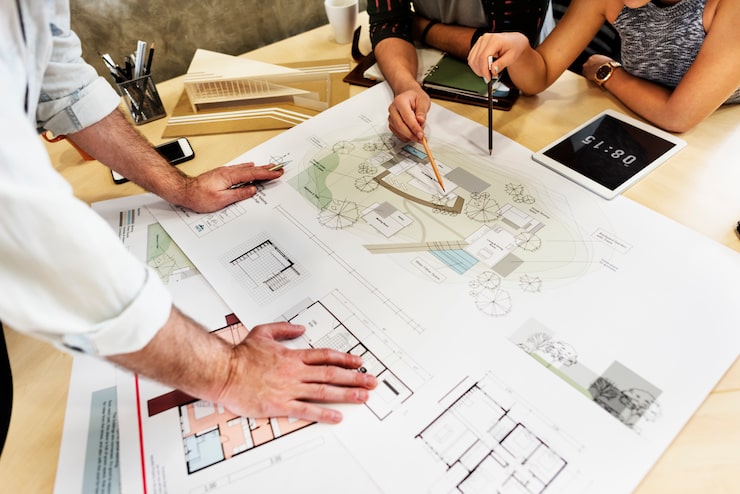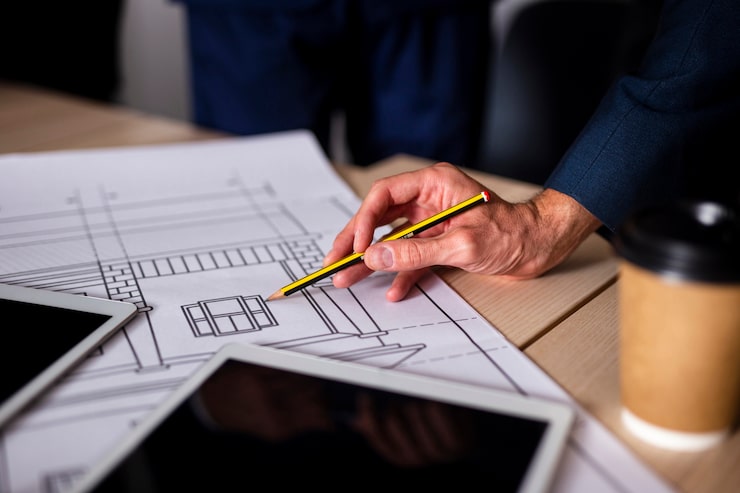Architecture is more than just buildings; it’s a reflection of culture, history, and human creativity. Many people walk through cities without really noticing the structures around them, but understanding the definition of architecture can transform the way you perceive urban spaces. By looking beyond bricks and mortar, you can appreciate the stories cities tell, the design decisions that shape our lives, and the aesthetic choices that define our environments.

The True Definition of Architecture
Architecture is often misunderstood as merely the art of designing buildings. In reality, it encompasses a broader spectrum, including the planning, functionality, and emotional impact of spaces. Architecture blends art, science, engineering, and sociology to create environments that influence how we live, work, and interact.
Understanding this definition allows us to see cities not just as collections of structures but as carefully crafted experiences. Each building, street, and public space carries a purpose and tells a story, whether it’s rooted in history, culture, or innovation.
How Architecture Shapes the Urban Experience
Architecture impacts daily life in ways most people overlook. From the height of a skyscraper to the layout of a park, every element affects comfort, movement, and perception. Cities are like living organisms, with architecture acting as the skeleton and skin that guides how we navigate, interact, and feel.
Buildings as Storytellers
Every structure in a city tells a story. Historical landmarks speak of a city’s past, modern skyscrapers showcase technological advancement, and cultural centers reflect societal values. Understanding architecture helps you read these stories, enriching your experience of urban life.
The Emotional Impact of Design
Architecture is not just functional; it evokes emotions. The use of light, space, and materials can inspire awe, calm, or excitement. Recognizing this emotional layer transforms your perception of cities, allowing you to experience them on a deeper, more personal level.
Seeing Cities Through a New Lens
When you grasp the true definition of architecture, everyday city life becomes an exploration. You start noticing design patterns, urban planning choices, and the interplay between old and new structures. This awareness enhances your appreciation for the city and can even inspire creativity in your own life.
Appreciating Urban Innovation
Modern cities are constantly evolving, and innovative architecture is at the heart of this transformation. By understanding architectural principles, you can identify trends, sustainable practices, and design solutions that make cities more livable and visually appealing.
Engaging with Culture and History
Architecture preserves culture and history. Learning how to interpret architectural styles allows you to connect with the past, understand the present, and anticipate future developments in urban environments.

Conclusion
Understanding the definition of architecture changes the way you see cities, transforming them from mere backdrops into rich narratives of human creativity, culture, and innovation. By appreciating the design, purpose, and emotional impact of buildings, streets, and public spaces, you can experience cities in a more meaningful and insightful way. Architecture is more than structures—it’s the lens through which we can truly understand and enjoy urban life.

Leave a Reply